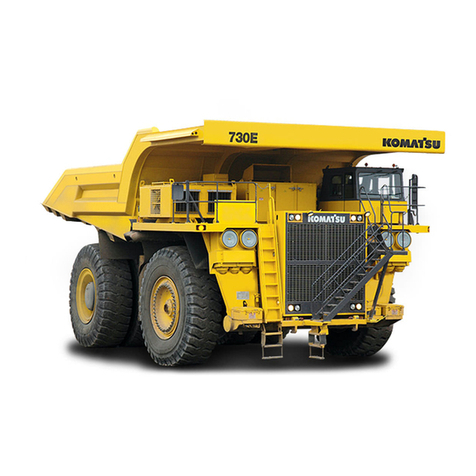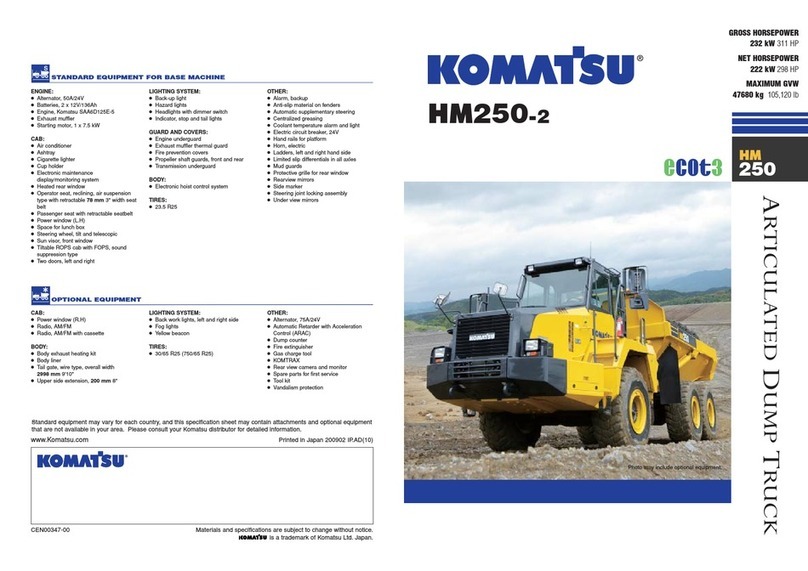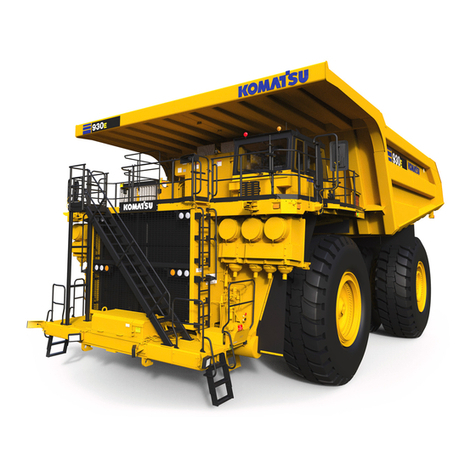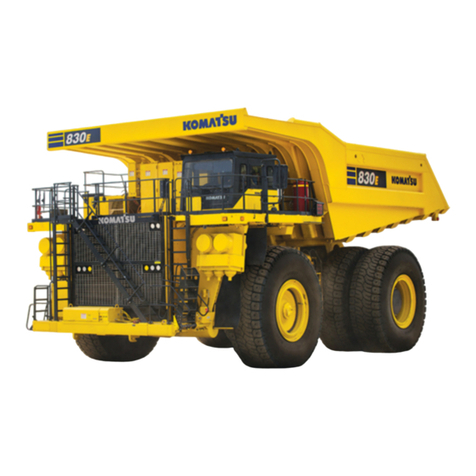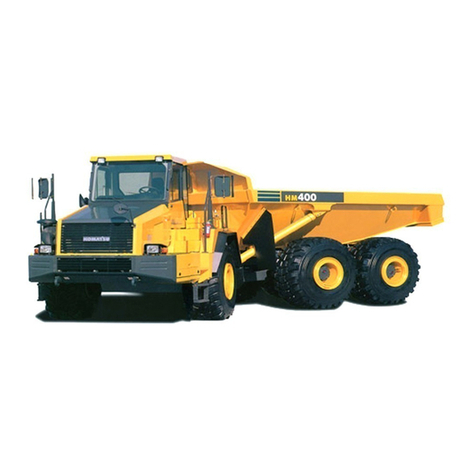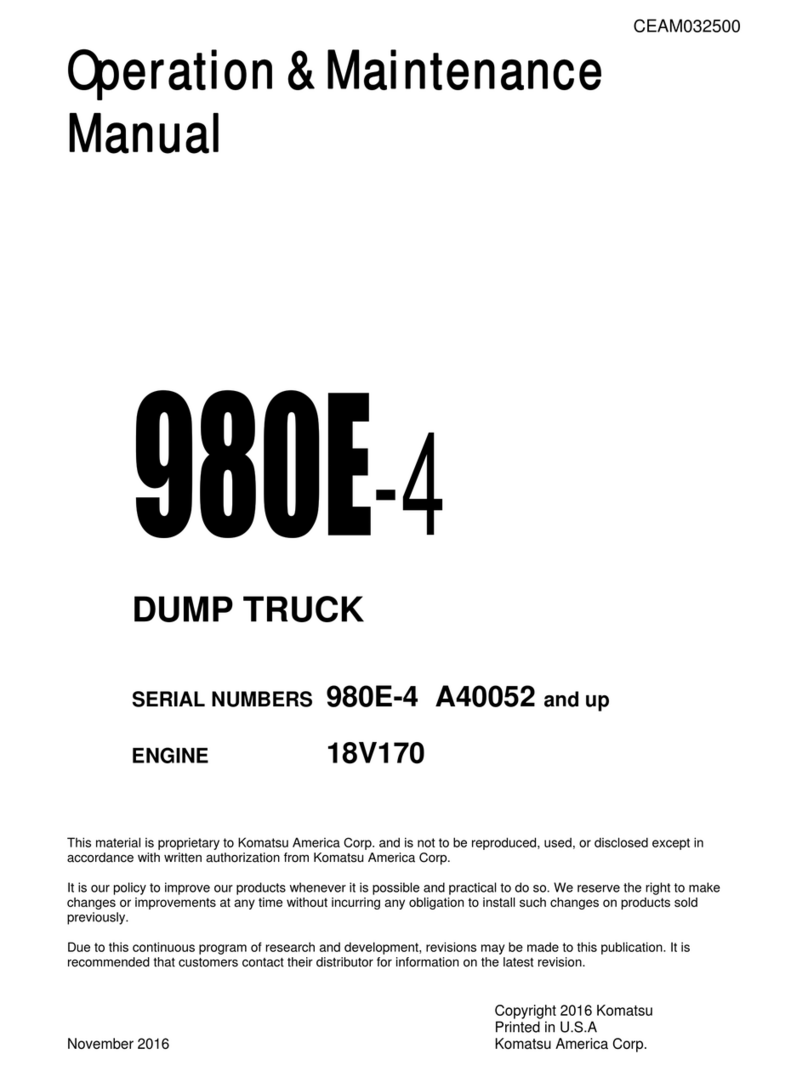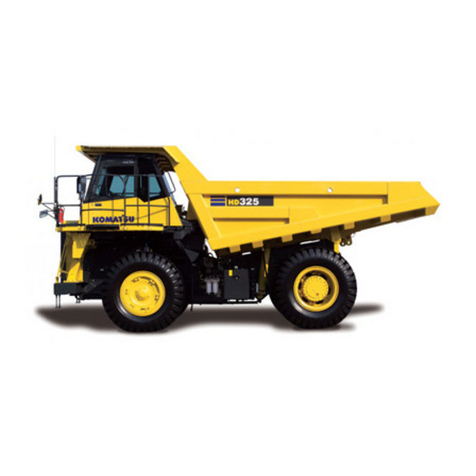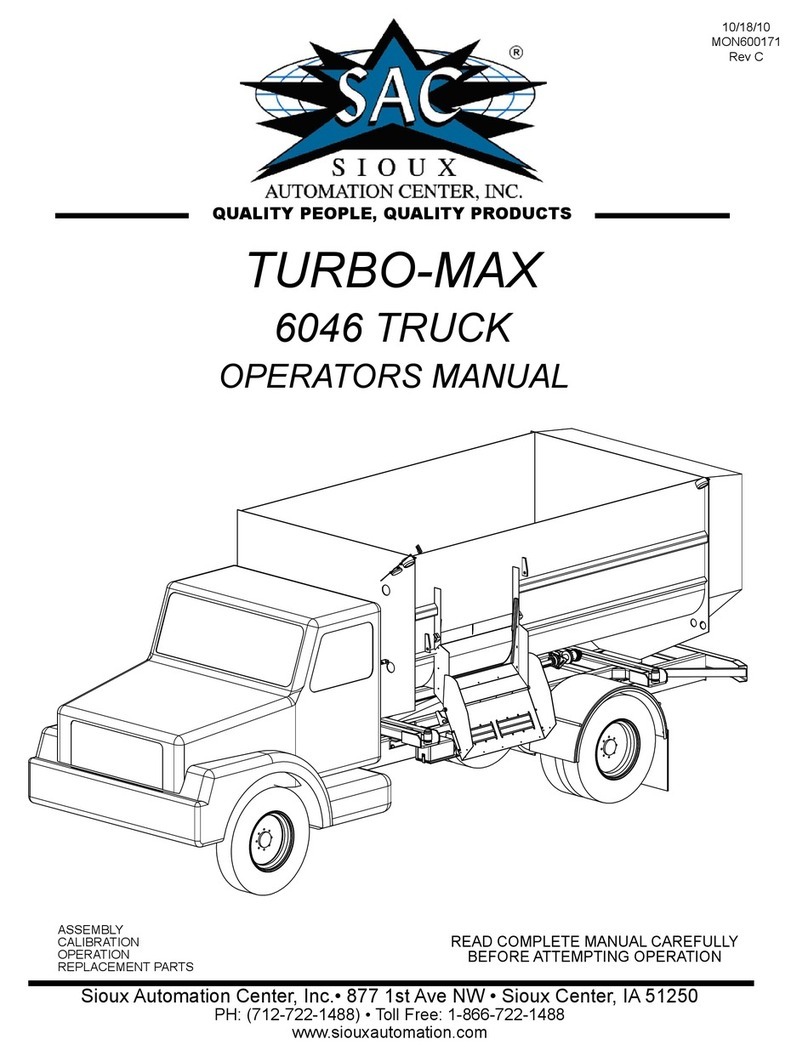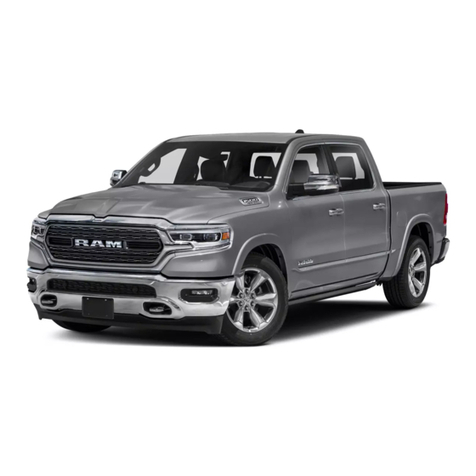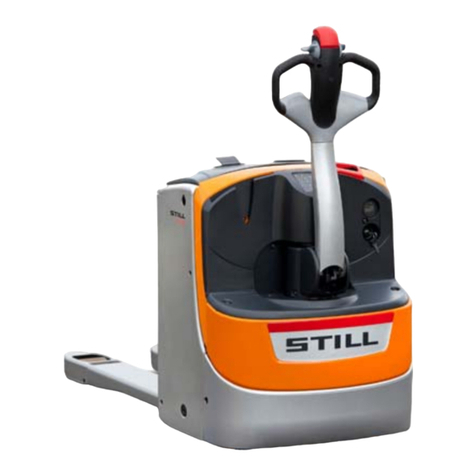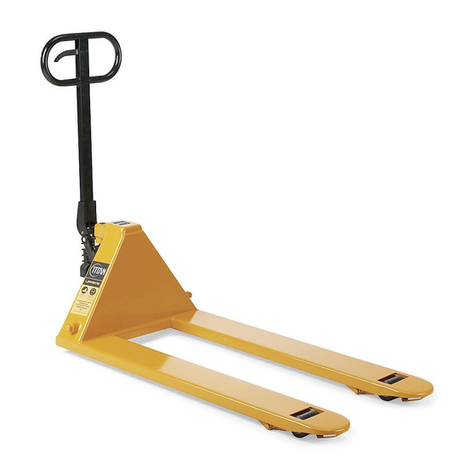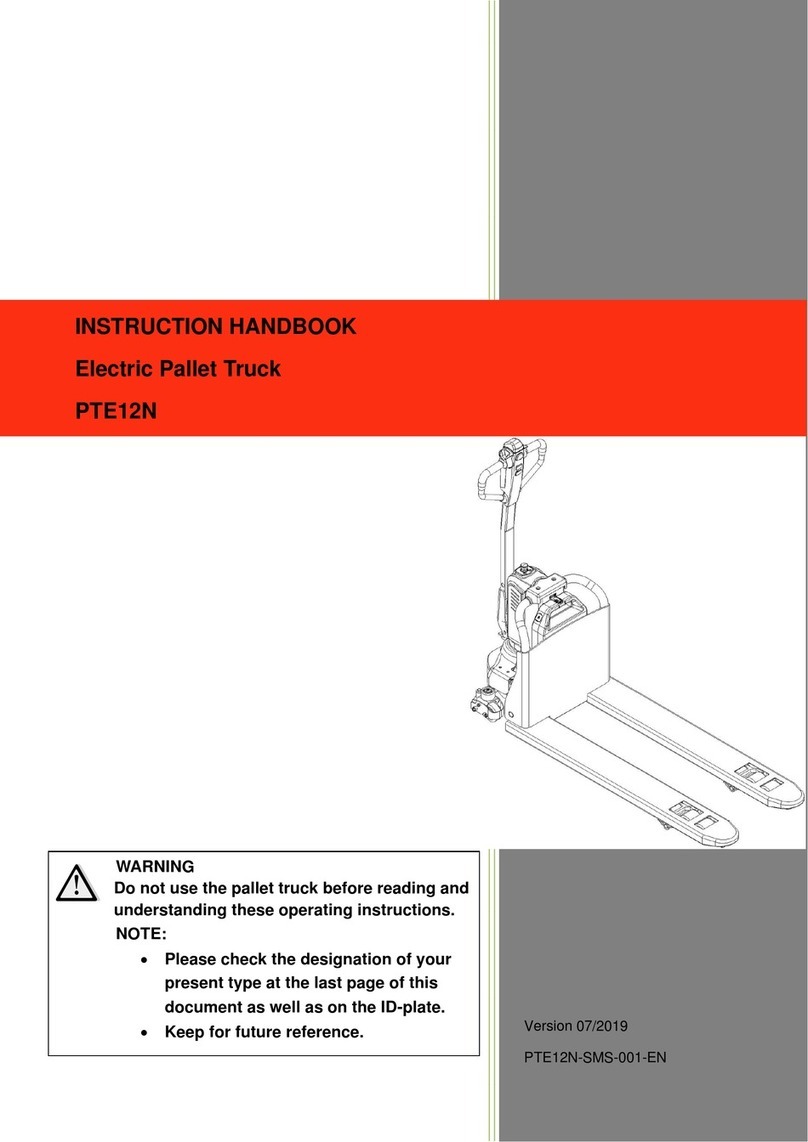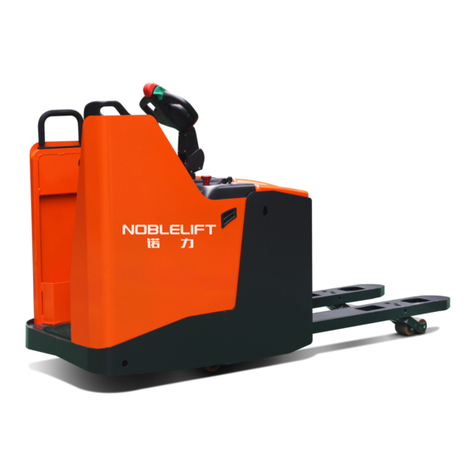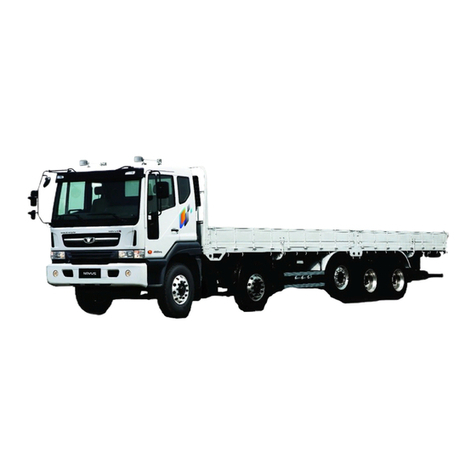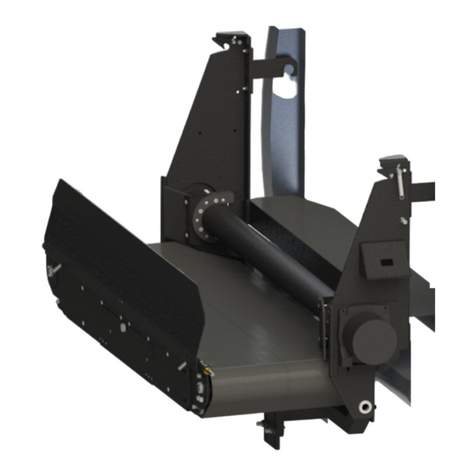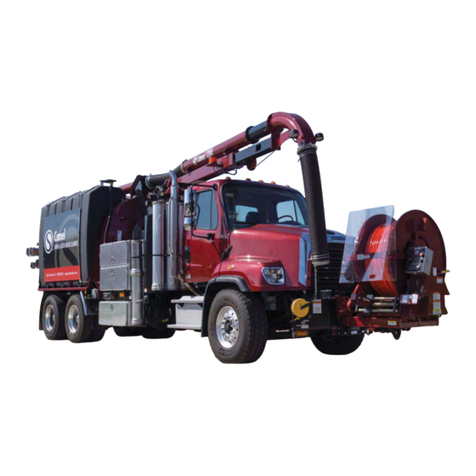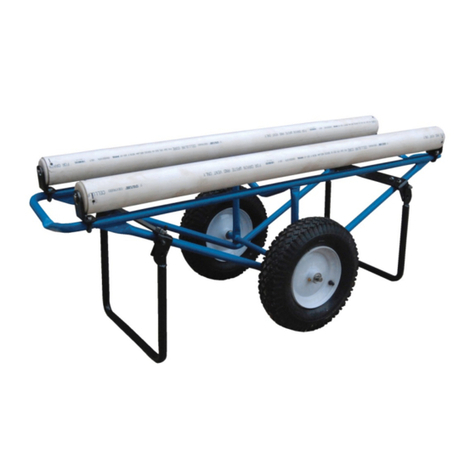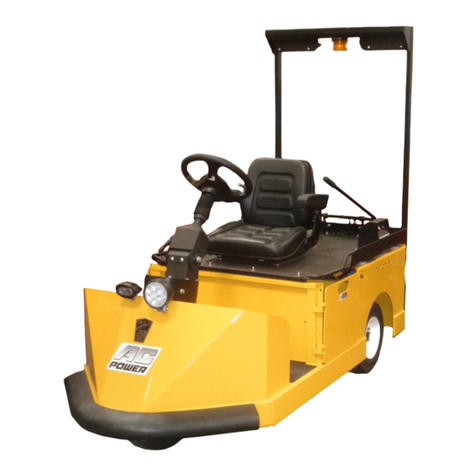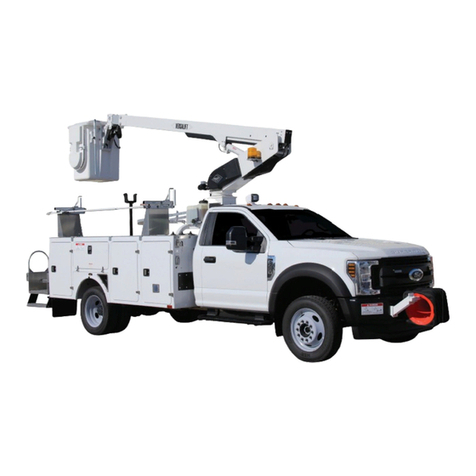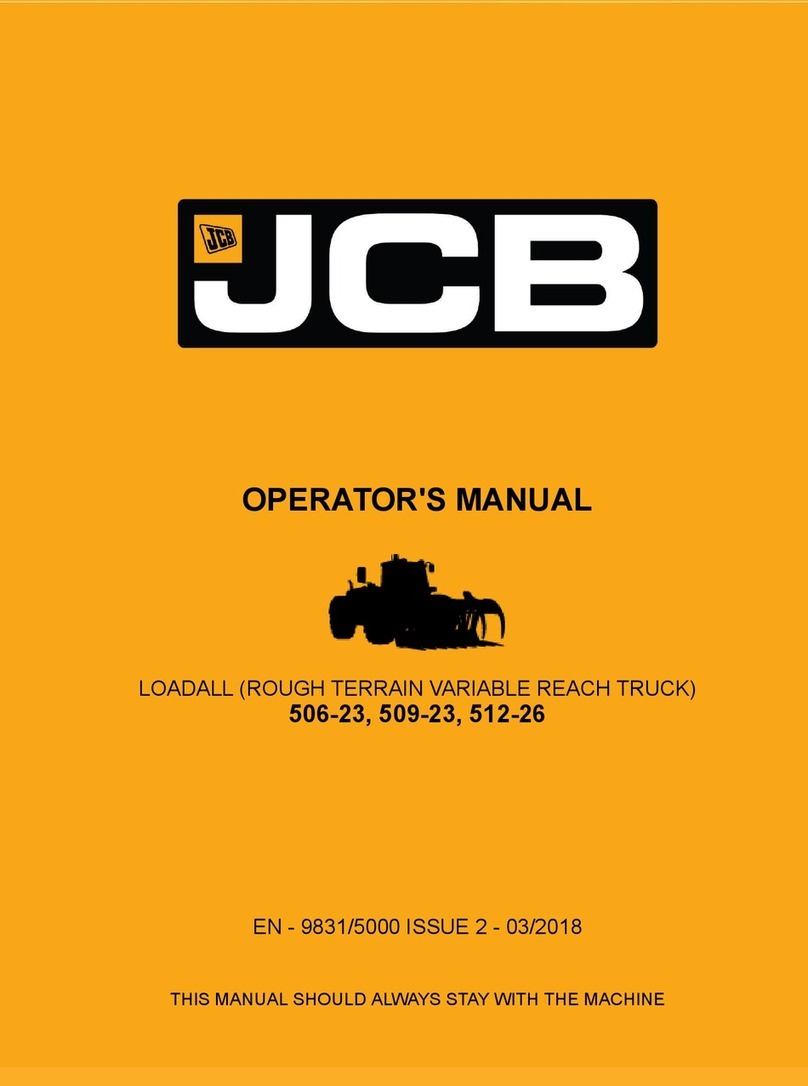
TABLE OF CONTENTS (Continued)
SUBJECT . . . . . . . . . . . . . . . . . . . . . . . . . . . . . . . . . SECTION / PAGE
OPERATOR CONTROLS and EQUIPMENT (FIGURE 3-2) (Continued) . . . . . . . . . . . . . . SECTION 3
(7) Service Brake Pedal . . . . . . . . . . . . . . . . . . . . . . . . . . . . . . . . . . . . . . . . . . 3-13
(8) Throttle Pedal . . . . . . . . . . . . . . . . . . . . . . . . . . . . . . . . . . . . . . . . . . . . . 3-13
(9) Lighter . . . . . . . . . . . . . . . . . . . . . . . . . . . . . . . . . . . . . . . . . . . . . . . . . 3-13
(10) Ash Tray . . . . . . . . . . . . . . . . . . . . . . . . . . . . . . . . . . . . . . . . . . . . . . . . 3-13
(11) Range Selector . . . . . . . . . . . . . . . . . . . . . . . . . . . . . . . . . . . . . . . . . . . . 3-13
(12) Do Not Shift Light . . . . . . . . . . . . . . . . . . . . . . . . . . . . . . . . . . . . . . . . . . . 3-14
OPERATOR SEAT . . . . . . . . . . . . . . . . . . . . . . . . . . . . . . . . . . . . . . . . . . . . . 3-14
INSTRUMENTS AND CONTROLS . . . . . . . . . . . . . . . . . . . . . . . . . . . . . . . . . . . . . . 3-15
INSTRUMENT PANEL (Panel Gauges, Indicators, and Controls - Discussion of items 1 - 59, Figure 3-5) . 3-15
(1) Keyswitch . . . . . . . . . . . . . . . . . . . . . . . . . . . . . . . . . . . . . . . . . . . . . . . 3-15
(2) Engine Starting Aid Switch . . . . . . . . . . . . . . . . . . . . . . . . . . . . . . . . . . . . . . 3-15
(3) Windshield Wiper Switch . . . . . . . . . . . . . . . . . . . . . . . . . . . . . . . . . . . . . . . 3-15
(4) Windshield Washer Switch . . . . . . . . . . . . . . . . . . . . . . . . . . . . . . . . . . . . . . 3-15
(5) Lights - Instrument Panel Dimmer Control Switch . . . . . . . . . . . . . . . . . . . . . . . . . . 3-15
(6) Light Switch- All . . . . . . . . . . . . . . . . . . . . . . . . . . . . . . . . . . . . . . . . . . . . 3-15
(7) Fog Lights Switch (Optional) . . . . . . . . . . . . . . . . . . . . . . . . . . . . . . . . . . . . . 3-15
INSTRUMENT PANEL (Figure 3-5) . . . . . . . . . . . . . . . . . . . . . . . . . . . . . . . . . . . . . . . 3-16
(8) Transmission Temperature Gauge . . . . . . . . . . . . . . . . . . . . . . . . . . . . . . . . . . 3-17
(9) Water Temperature Gauge . . . . . . . . . . . . . . . . . . . . . . . . . . . . . . . . . . . . . . 3-17
(10) Transmission Oil Pressure Gauge . . . . . . . . . . . . . . . . . . . . . . . . . . . . . . . . . . 3-17
(11) Engine Oil Pressure Gauge . . . . . . . . . . . . . . . . . . . . . . . . . . . . . . . . . . . . . . 3-17
(12) Brake Oil Temperature Gauge . . . . . . . . . . . . . . . . . . . . . . . . . . . . . . . . . . . . 3-17
(13) Voltmeter Gauge . . . . . . . . . . . . . . . . . . . . . . . . . . . . . . . . . . . . . . . . . . . . 3-17
(14) Speedometer Gauge . . . . . . . . . . . . . . . . . . . . . . . . . . . . . . . . . . . . . . . . . 3-17
(15) Left Turn Indicator (Red Light) . . . . . . . . . . . . . . . . . . . . . . . . . . . . . . . . . . . . 3-18
(16) High Beam Indicator (Blue Light) . . . . . . . . . . . . . . . . . . . . . . . . . . . . . . . . . . . 3-18
(17) Right Turn Indicator (Red Light) . . . . . . . . . . . . . . . . . . . . . . . . . . . . . . . . . . . . 3-18
(18) Tachometer and Hourmeter Gauge . . . . . . . . . . . . . . . . . . . . . . . . . . . . . . . . . . 3-18
Retarder Operation . . . . . . . . . . . . . . . . . . . . . . . . . . . . . . . . . . . . . . . . . . . . 3-18
(19) Shift Indicator Gauge . . . . . . . . . . . . . . . . . . . . . . . . . . . . . . . . . . . . . . . . . 3-19
(20) Engine Overspeed Warning Light . . . . . . . . . . . . . . . . . . . . . . . . . . . . . . . . . . . 3-19
(21) Engine Overspeed Warning Decal . . . . . . . . . . . . . . . . . . . . . . . . . . . . . . . . . . 3-20
Cummins "Quantum" Engine Electronic Control System . . . . . . . . . . . . . . . . . . . . . . . . . . . 3-20
(22) STOP ENG. Light . . . . . . . . . . . . . . . . . . . . . . . . . . . . . . . . . . . . . . . . . . . 3-20
(23) FAULT SCROLL Switch . . . . . . . . . . . . . . . . . . . . . . . . . . . . . . . . . . . . . . . . 3-20
(24) PROT. ENG. Light . . . . . . . . . . . . . . . . . . . . . . . . . . . . . . . . . . . . . . . . . . . 3-20
(25) CHECK ENGINE Light . . . . . . . . . . . . . . . . . . . . . . . . . . . . . . . . . . . . . . . . . 3-21
(26) FAULT CHECK Switch . . . . . . . . . . . . . . . . . . . . . . . . . . . . . . . . . . . . . . . . . 3-21
DETERMINING "FAULT" CODES . . . . . . . . . . . . . . . . . . . . . . . . . . . . . . . . . . . . 3-21
EXITING THE DIAGNOSTICS MODE . . . . . . . . . . . . . . . . . . . . . . . . . . . . . . . . . . 3-21
(27) ALT. FAULT Light . . . . . . . . . . . . . . . . . . . . . . . . . . . . . . . . . . . . . . . . . . . 3-22
(28) EQUAL FAULT Light . . . . . . . . . . . . . . . . . . . . . . . . . . . . . . . . . . . . . . . . . . 3-22
(29) CHECK TRANS Light . . . . . . . . . . . . . . . . . . . . . . . . . . . . . . . . . . . . . . . . . 3-22
(30) Emergency Steering Indicator Light . . . . . . . . . . . . . . . . . . . . . . . . . . . . . . . . . 3-22
(31) Brake Lock Indicator Light . . . . . . . . . . . . . . . . . . . . . . . . . . . . . . . . . . . . . . 3-22
(32) Low Brake Pressure Warning Light . . . . . . . . . . . . . . . . . . . . . . . . . . . . . . . . . . 3-22
(33) Parking Brake Indicator Light . . . . . . . . . . . . . . . . . . . . . . . . . . . . . . . . . . . . . 3-22
(34) Coolant Temperature Indicator Light . . . . . . . . . . . . . . . . . . . . . . . . . . . . . . . . . 3-23
(35) Coolant Level Indicator Light . . . . . . . . . . . . . . . . . . . . . . . . . . . . . . . . . . . . . 3-23
(36) Transmission Main Filter Indicator Light . . . . . . . . . . . . . . . . . . . . . . . . . . . . . . . 3-23
(37) Engine Oil Pressure Indicator Light . . . . . . . . . . . . . . . . . . . . . . . . . . . . . . . . . . 3-23
(38) Hydraulic Oil Filter Indicator Light . . . . . . . . . . . . . . . . . . . . . . . . . . . . . . . . . . 3-23
Introduction - Section 1 OM1012.1
Page 1-4
